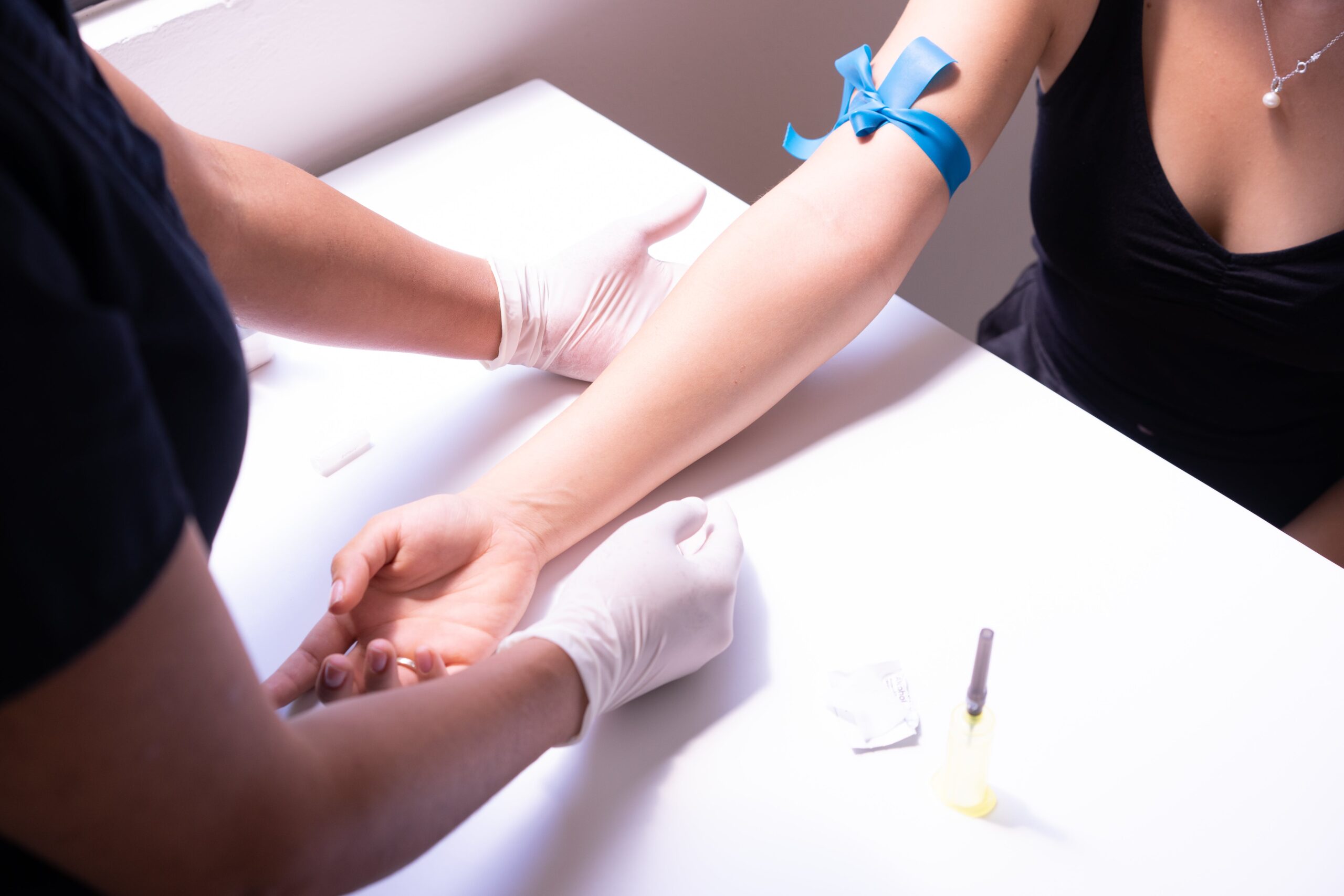Northeast Medical Institute - New Haven Campus Phlebotomy Course & Cna Class Fundamentals Explained
Northeast Medical Institute - New Haven Campus Phlebotomy Course & Cna Class Fundamentals Explained
Blog Article
Our Northeast Medical Institute - New Haven Campus Phlebotomy Course & Cna Class Ideas
Table of ContentsThe Facts About Northeast Medical Institute - New Haven Campus Phlebotomy Course & Cna Class UncoveredThe Greatest Guide To Northeast Medical Institute - New Haven Campus Phlebotomy Course & Cna ClassThe Greatest Guide To Northeast Medical Institute - New Haven Campus Phlebotomy Course & Cna ClassNortheast Medical Institute - New Haven Campus Phlebotomy Course & Cna Class Fundamentals ExplainedSome Known Factual Statements About Northeast Medical Institute - New Haven Campus Phlebotomy Course & Cna Class The Main Principles Of Northeast Medical Institute - New Haven Campus Phlebotomy Course & Cna Class
The usage of such tools must be gone along with by other infection prevention and control techniques, and training in their usage. Not all security devices are relevant to phlebotomy. Prior to picking a safety-engineered tool, users ought to completely examine available tools to identify their suitable usage, compatibility with existing phlebotomy methods, and efficacy in protecting team and clients (12, 33).For settings with reduced sources, cost is a motoring variable in procurement of safety-engineered gadgets. Where safety-engineered tools are not available, knowledgeable use of a needle and syringe is acceptable.
Among the necessary pens of quality of treatment in phlebotomy is the participation and teamwork of the patient; this is equally advantageous to both the health and wellness employee and the individual. Clear details either created or spoken should be available to each client who undergoes phlebotomy. Annex F offers sample text for describing the blood-sampling treatment to a person. In the blood-sampling area for an outpatient division or center, provide a comfy reclining sofa with an arm rest.
An Unbiased View of Northeast Medical Institute - New Haven Campus Phlebotomy Course & Cna Class
Make certain that the indications for blood tasting are plainly defined, either in a composed protocol or in documented directions (e.g. in a research laboratory form). Gather all the devices required for the treatment and place it within safe and simple reach on a tray or cart, ensuring that all the items are clearly visible.
Where the person is adult and conscious, adhere to the steps detailed listed below. Introduce yourself to the person, and ask the patient to state their full name. Inspect that the lab kind matches the person's identification (i.e. match the client's details with the lab type, to make sure precise identification). Ask whether the patent has allergies, fears or has ever fainted during previous injections or blood attracts.
Make the patient comfy in a supine position (if possible). The patient has a right to refuse a test at any time before the blood tasting, so it is essential to ensure that the person has actually recognized the procedure - PCT Training.
The Buzz on Northeast Medical Institute - New Haven Campus Phlebotomy Course & Cna Class
Prolong the patient's arm and inspect the antecubital fossa or forearm. Locate a blood vessel of an excellent dimension that is noticeable, straight and clear.
DO NOT insert the needle where veins are drawing away, due to the fact that this raises the opportunity of a haematoma. Locating the vein will certainly aid in establishing the proper dimension of needle.
Haemolysis, contamination and visibility of intravenous fluid and medication can all modify the outcomes (39. Nursing personnel and physicians might access main venous lines for samplings complying with procedures. Specimens from main lines carry a threat of contamination or incorrect lab examination results. It serves, but not optimal, to injure samplings when first presenting an in-dwelling venous device, prior to connecting the cannula to the intravenous liquids.
The Main Principles Of Northeast Medical Institute - New Haven Campus Phlebotomy Course & Cna Class
Failing to permit adequate get in touch with time boosts the danger of contamination. DO NOT touch the cleaned up site; in specific, DO NOT put a finger over the capillary to direct the shaft of the exposed needle.
Ask the client to form a fist so the blood vessels are extra noticeable. Get in the blood vessel quickly at a 30 degree angle or less, and remain to present the needle along the capillary at the simplest angle of entrance - Phlebotomy Courses. When sufficient blood has actually been accumulated, launch the tourniquet prior to withdrawing the needle
The Greatest Guide To Northeast Medical Institute - New Haven Campus Phlebotomy Course & Cna Class
Take out the needle delicately and apply mild stress to the site with a tidy gauze or completely dry cotton-wool ball. Ask the person to hold the gauze or cotton wool in area, with the arm extended and increased. Ask the patient NOT to bend the arm, due to the fact that doing so triggers a haematoma.

Northeast Medical Institute - New Haven Campus Phlebotomy Course & Cna Class Things To Know Before You Get This
Do not press the syringe plunger because extra check this site out pressure boosts the danger of haemolysis. Where feasible, maintain the tubes in a shelf and move the rack towards you. Infuse downwards right into the suitable coloured stopper. DO NOT eliminate the stopper due to the fact that it will certainly launch the vacuum cleaner. If the example tube does not have a rubber stopper, inject exceptionally gradually right into television as lessening the stress and speed utilized to transfer the specimen decreases the risk of haemolysis.

Report this page